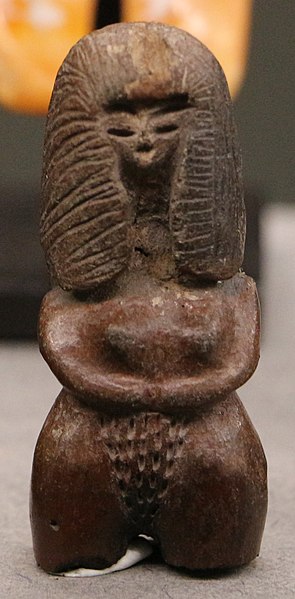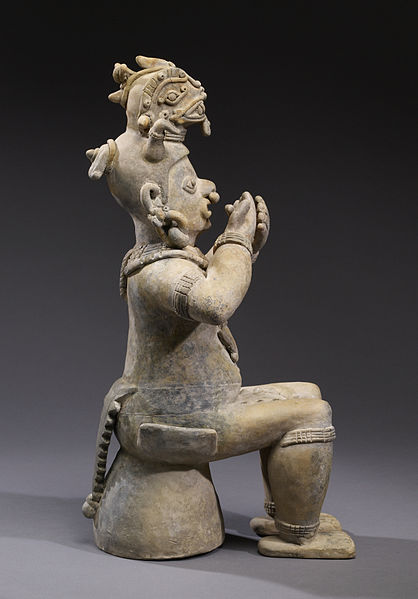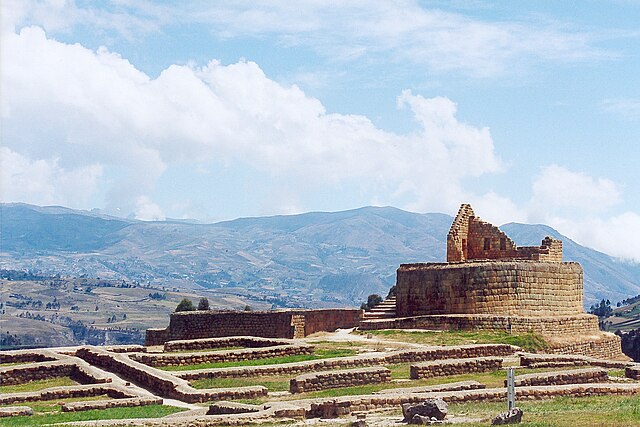The Protocol of Peace, Friendship, and Boundaries between Peru and Ecuador, or Rio Protocol for short, was an international agreement signed in Rio de Janeiro, Brazil, on January 29, 1942, by the foreign ministers of Peru and Ecuador, with the participation of the United States, Brazil, Chile, and Argentina as guarantors. The Protocol was intended to finally resolve the long-running territorial dispute between the two countries, and brought about the official end of the Ecuadorian–Peruvian War of 1941–1942. Nevertheless, the Protocol was incomplete, and war broke out between Peru and Ecuador twice more, in 1981 and in 1995, before the signing of the Itamaraty Peace Declaration which brought final resolution to the dispute.
The signing of the Rio Protocol
Ecuador, officially the Republic of Ecuador, is a country in northwestern South America, bordered by Colombia on the north, Peru on the east and south, and the Pacific Ocean on the west. Ecuador also includes the Galápagos Islands in the Pacific, about 1,000 kilometers (621 mi) west of the mainland. The country's capital is Quito, but its largest city is Guayaquil.
A Venus (2,300-2,000 BCE) of the Valdivia culture (from Santa Elena Province) displayed in the National Archaeological Museum of Florence.
Figure of the Jama Coaque culture (300 BCE-800 CE) (from Manabí Province). Walters Art Museum.
Ruins of Ingapirca, was an outpost and supplier for the Incan troops, and also was a coricancha, a place of worship to the Sun (Inti), the main god
The colonial Quito, capital of the Real Audiencia of Quito, today a UNESCO World Heritage Site.





